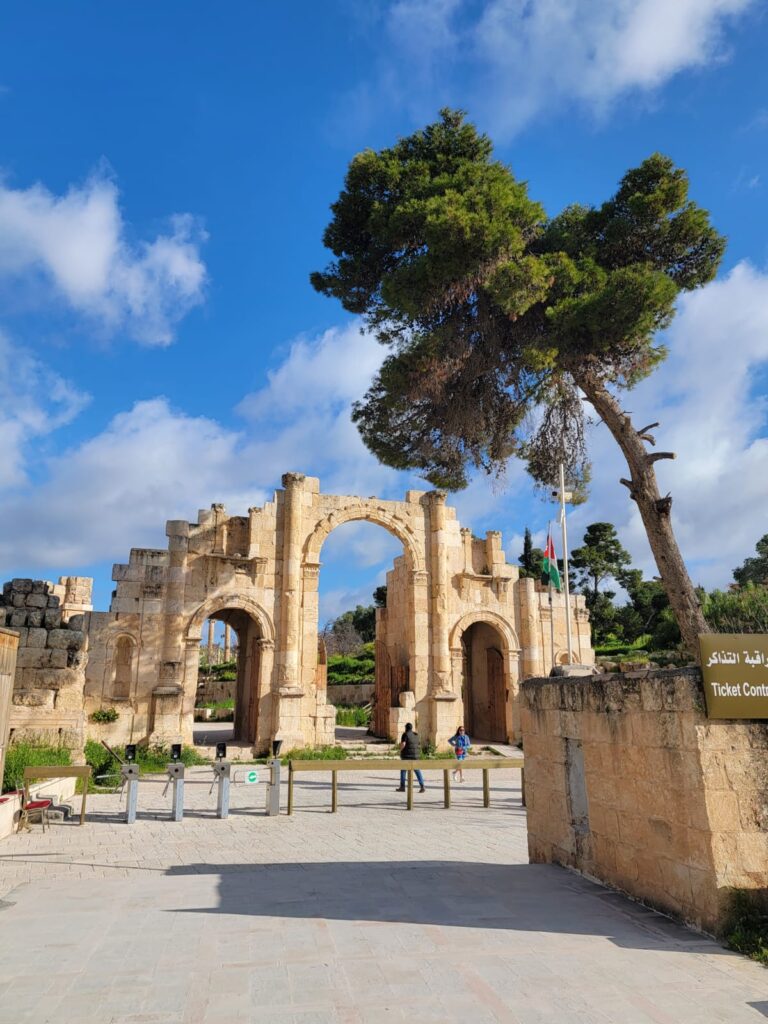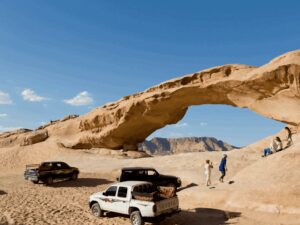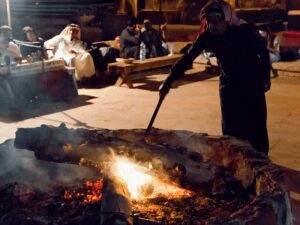
AMMAN — Gerasa (modern-day Jerash) saw a major transformation in the early 2nd century AD, during Roman Emperor Hadrian’s visit. Originally part of the Seleucid league of cities in the 2nd century BC, the city began a new era of development when Hadrian arrived. At this time, cemeteries and quarries were permanently closed, and new plans were created to turn the modest provincial town into a thriving Roman city.
“Hadrian’s ambitious vision reshaped Gerasa, resulting in much of what we see today,” said Ina Kehrberg-Ostrasz, a professor from The University of Sydney. She explained that construction likely started during Hadrian’s visit in 129/130 AD or soon after.
The renovation included expanding city walls, secular and religious areas, and developing lands beyond the gates. The hippodrome area became a key site, as it featured the Roman road from Philadelphia (Amman) to Gerasa. Hadrian’s Arch and the hippodrome, or Roman circus, were built here by the mid-2nd century AD.
The hippodrome foundations used trenches from a closed quarry and sealed tombs. “These rock-cut tombs, found under parts of the hippodrome, do not relate directly to the circus but were integrated into its construction,” Kehrberg-Ostrasz noted.
Between 1991 and 1993, an archaeological team excavated over 200 skeletons buried at the site. These fragile remains were carefully recovered during the dry season. Osteo-archaeologists later analyzed them to link the findings with excavation records.
The burials, many placed in the hippodrome’s cavea chambers or nearby grounds, date to different periods. “Most graves belong to the industrial phase of the site, from the 3rd to 7th centuries AD, during the Late Roman to Late Byzantine eras,” Kehrberg-Ostrasz said. She added that some graves were disturbed by later activities, such as workshops or earthquakes, complicating dating.
Among the burials were two mass graves of mid-7th century plague victims, reflecting a tragic period of Gerasa’s history. Despite challenges, these findings highlight the city’s complex transition from a modest town to a key Roman center.
You may also like
No related posts.




